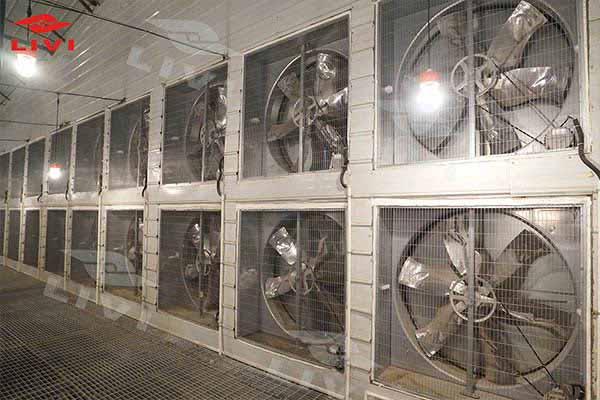Can Cages Be Used in Open Sheds for Poultry Farming?
Open sheds offer numerous advantages for poultry farming, including better ventilation and environmental control. However, many poultry farmers are still unsure about whether traditional cages can be effectively used within these sheds. In this article, we explore the feasibility and benefits of integrating cages in open sheds, providing insights for poultry farm managers and investors.
Benefits of Using Cages in Open Sheds
1. Improved Biosecurity
– Reduction in Diseases: Cages can minimize the risk of diseases spreading among birds by creating a barrier between the animals and the external environment.
2. Enhanced Egg Quality
– Reduced Breakage: Caged birds often lay fewer cracked eggs, thanks to the stability and support provided by the cage.
3. Increased Efficiency
– Ease of Management: Cages make it easier to manage the flock, as feed and water can be distributed more effectively and birds can be monitored more closely.
Challenges and Considerations
1. Airflow
– Balancing Comfort: Proper airflow must be maintained in open sheds to ensure birds remain comfortable. Cages can be strategically placed to maximize airflow while protecting the birds from harsh winds.
2. Shelter
– Protection from Elements: Cages provide shelter from weather elements such as rain, sun, and cold. However, shading and roof designs in open sheds should also be considered to complement cage protection.
3. Space Utilization
– Optimal Design: Cages need to be designed to optimize space within the open shed, ensuring there is enough room for birds to move around comfortably.
Data to Consider
– Space Requirement: A general rule of thumb is to allocate about 0.4 square meters of cage space per bird.
– Productivity: Caged birds in open sheds have been found to have higher egg production rates compared to free-range systems due to better management.
Implementation Tips
– Ventilation: Install ventilation systems to maintain a consistent temperature and humidity level within the shed.
– Roof Design: Use a solid roof with overhangs to provide shade and protection from the elements.
– Cage Material: Select materials that are durable and easy to clean, reducing the risk of disease transmission.
Conclusion
While the use of cages in open sheds presents challenges, it is a viable option for improving poultry farming efficiency. By carefully considering airflow, shelter, and space utilization, farm managers can create a successful integration of cages and open sheds. For more detailed information and free design consultation, please leave a comment below or contact us directly.





